How Isarsoft boosts CX for Retail Customers
Customer experience (CX) is an essential tool for retailers to map an effective buyer journey and thereby, boost business. In this article, we explore the role CX plays in retail - and how Isarsoft Perception can be implemented to strengthen it.
Published
October 19, 2023

What is customer experience?
Customer experience refers to the experience had by a consumer in a specific setting or environment. It is the sum total of the interactions the customer has with all physical and digital touchpoints, and is directly connected to the actions taken by said customer at the end of their journey.
Since our article delves into the realm of retail, CX for retail is largely defined by how customers interact with sales personnel, digital signage or machinery, as well as with factors such as store layout and product placement. An insightful indicator of the efficacy of infrastructure and operations, CX is constantly evaluated by retailers to understand what works, what does not, and what should be changed.

The above image is that of a supermarket. Supermarkets are busy places, subject to regular customers and a high shopping frequency. It is therefore, imperative that the store layout be optimized for convenience, navigational ability, and access to products.
Customer experience can be managed and regulated through a business strategy that focuses on enhancing the experiential variables at every step of the customer journey. Abbreviated as CXM or CEM, this process is commonly referred to as Customer Experience Management.
Excerpt from 'Customer Experience' in our Knowledge Hub:
CEM involves a range of activities and processes, including:
- Customer journey mapping: Identifying and analyzing the customer journey to understand how customers interact with a company, and to identify pain points and opportunities for improvement.
- Customer feedback collection and analysis: Gathering feedback from customers through surveys, focus groups, and other methods, and analyzing that feedback to identify areas where improvements can be made.
- Service design: Using customer insights to design services and processes that meet customer needs and expectations.
- Employee training and development: Providing employees with the skills and training necessary to deliver a positive customer experience.
- Technology implementation: Using technology such as customer relationship management (CRM) software, analytics tools, and digital communication channels to support the delivery of a positive customer experience.
- Continuous improvement: Continuously monitoring and measuring customer experience metrics, such as Net Promoter Score (NPS), to identify areas for improvement and to ensure that the customer experience remains a priority.
By implementing a customer-centric approach to business, companies can improve customer satisfaction, loyalty, and advocacy, and ultimately increase revenue and profitability.
Why is Customer Experience Management (CEM) important for Retail?
The retail industry puts customers at the forefront of their operations. Whether in a grocery store, a shopping mall, or a fast food pop-up - it is important that the customer experience be studied, analyzed, and sublimated into data-driven insights.
That is exactly what Isarsoft Perception does.
Isarsoft's central platform conducts customer intelligence - a process of gathering data about customers to better understand their behavior, trajectories, needs, and preferences. Users can implement Isarsoft Perception to build a database of customer journeys and behavior and use it for the making of informed business decisions.
The steps for conducting customer intelligence are as follows:
- Defining goals: Before beginning, it is important to define the specific, desirable goals. This could include improving customer experience, increasing customer retention, or boosting sales.
- Sources of customer data: Data from various sources has to be collected, including customer interactions, sales records, social media, and surveys. Ensure that you collect relevant and accurate data.
- Organize and analyze the data: Organize and analyze the data to identify patterns and trends. Use statistical analysis and machine learning tools to gain insights into customer behavior and preferences.
- Customer profiles: Create detailed profiles of each customer, including demographic information, purchasing habits, and communication preferences. Use these profiles to create targeted marketing campaigns and improve customer experience.
- Segment your customers: Group customers based on similar characteristics or behaviors. This will help you create targeted marketing campaigns and improve customer engagement.
- Use predictive modeling: Use customer data to make predictions about future behavior. This will help you anticipate customer needs and create proactive solutions.
- Take action: Use the insights gained from your customer intelligence to make informed business decisions. This could include improving customer service, creating personalized marketing campaigns, or developing new products.
How does Isarsoft Perception boost CX?
Queue Management
How many times have you queued in line at a store or supermarket, and thought to yourself, 'This could be better managed'? Queue management is an inescapable part of the smooth running of retail businesses - made possible by queue management systems.
And while there are many kinds of queue management systems to choose from, Isarsoft Perception provides a solution in a way that is user-friendly, scalable, and very reliable. Our software solution is based on camera-based video analytics, and is supplemented by a range of application-based features that make the managing of queues simple.
Users can employ the software to perform people counting, and then further add lines or zones to concentrate focus onto a queue.
A zone, once created, provides a consistent count of the detected objects within it. The count is updated every 20 seconds. The zone itself can be enlarged, altered with the addition of multiple points, and supplemented by creating other zones.
A line in Isarsoft Perception, has the functionality of measuring the number of people who traverse it - and can be monitored for either for both 'in' and 'out' figures. The direction of the line can be inverted, as per requirement.
Furthermore, users can access a range of heat maps, georeferencing features, and trajectory mapping functionalities to refine queue management.
.jpg)
Isarsoft Perception can also be used to create alarms, thereby allowing users the opportunity of tackling an unwanted situation with speediness. In the case of retail outlets, this may be a case of overcrowding - long queues, not enough open cash registers, a lack of floor staff. By setting certain threshold values , users can customize business-specific emergency response and also keep an eye on measures such as adequate staff deployment, on-site help, and other security standards.
Read our article on how to create an alarm in Isarsoft Perception here.
Customer Flow Analysis
Customer flow is the movement of customers from the beginning till the end of the process, i.e, entering the premises of a retail store until the completion of desired action(s) and consequent exit.
Isarsoft Perception can be used to monitor the customer flow at all points in time, and help users better understand how customers move within the space - and whether or not the space supports free, quick movement. This includes identifying potential bottlenecks, incorrectly spaced aisles, and the needs of different groups of customers. Our heat maps can be used to visualize video data in the context of path, position, velocity, and dwell time.
Isarsoft's software solution can also be used to identify peak times of day - and ensure that the store is prepared to deal with a rise in number of customers. This could result in extra staff deployment, opening up additional entry/exit points, and making multiple cash registers operational.
The analysis of customer flow is also a good way to optimize the store layout, and consequently, assess its efficacy. A well-planned store knows how to draw in and engage customers, and employs data-driven techniques to streamline signage and product placement.
Measurement of Dwell Time
An important KPI when managing queues in retail is the measurement of dwell time. Dwell time is a measure of the time a detected object has to wait in a queue, before a definitive action can be taken. Measuring dwell time helps retailers gain an overview of the average time a customer has to wait in line - and what should be done to optimize the waiting process in order to reinforce customer retention, through guaranteeing customer satisfaction.
.jpg)
Through measuring the dwell time of detected customers on Isarsoft Perception, retailers can accurately and reliably gauge the requirements for an optimal customer experience. A higher than average dwell time at a cash register, for example, signifies that a second cash register should be opened up - so that waiting customers can join a second queue.
Video Tutorial
This video displays exactly how Isarsoft Perception can be used to measure customer interactions and improve CX. The video depicts a shelf in a shop, and uses video analytics to measure the customer interaction first (browsing and selection), and then the definitive action that signifies a success (purchase). Isarsoft Perception identifies and detects each customer, and informs the user of the time he or she takes to interact, and then, act.
By performing this process, retailers can evaluate the efficacy of their business model and decisions.
Benefits of CX Management in Retail
The benefits of CXM (Customer Experience Management) are many. Here are some of the most important ones, especially for the retail sector.
- Customer Retention: Well-managed CX reduces waiting times and confusion, leading to improved customer satisfaction. When customers encounter organized processes, they are more likely to feel valued and respected, making them more inclined to spend time and money at the establishment and to come back.
- Increased Efficiency: Efficient CX management helps businesses serve more customers within the same time frame. This is especially crucial during peak hours or busy seasons, preventing long queues and reducing the risk of losing potential sales due to customer frustration.
- Higher Revenue: Shorter waiting times and smoother processes contribute to higher transaction rates. Satisfied customers are more likely to make purchases and return for future business, ultimately boosting revenue.
- Security: Effective CXM can help ensure that individuals are able to navigate a space safely and efficiently, minimizing the risk of accidents or injuries. CXM helps retailers understand the apin points of different customer groups, and make suitable arrangements. For example, the elderly and the vulnerable tend to need more support when navigating a space. Through measuring customer experience, retailers can put in place the necessary infrastructure to aid them adequately - strategic placement of ramps, wheelchair access, simplified product placement, etc.
- Loss prevention: Customer experience contributes to safeguarding stock and ensuring that customers and employees cannot leave without paying. It also helps prevent theft.
Read our article on loss prevention in retail here.
More about Isarsoft
With Isarsoft Perception, your camera systems become part of your business intelligence. Whether the goal is to increase efficiency, customer satisfaction or safety, Isarsoft Perception provides the insights needed for informed decisions.
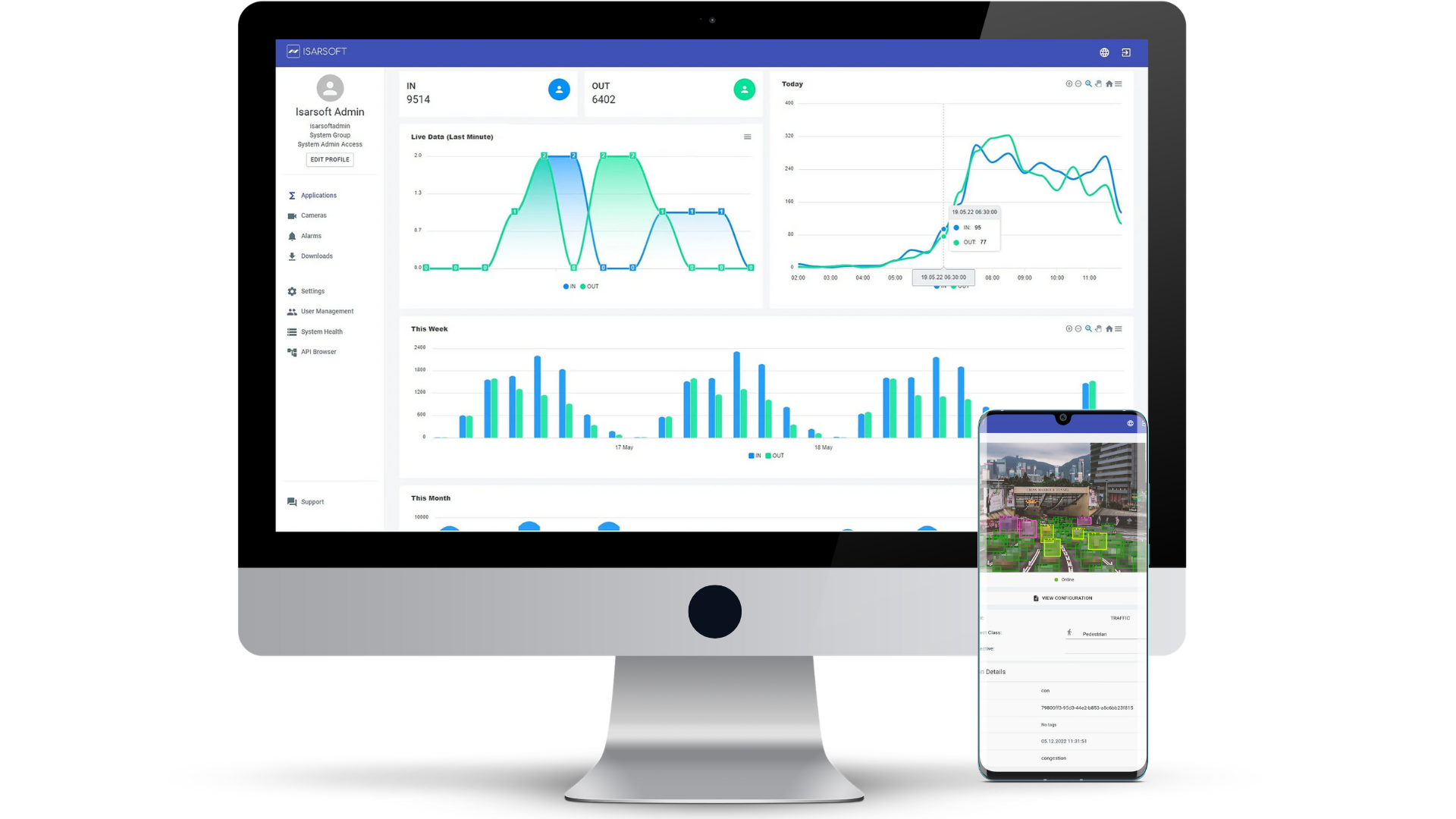
Contact us, to learn more about how to turn security cameras into intelligent sensors.
Optimize your business processes.
Improve business processes with video-based business intelligence from Isarsoft.
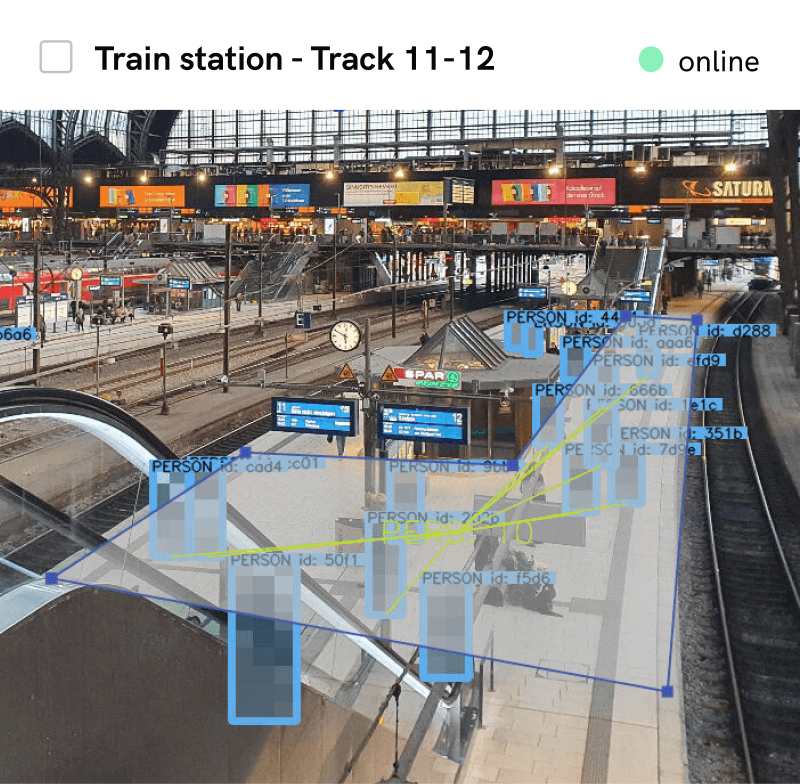

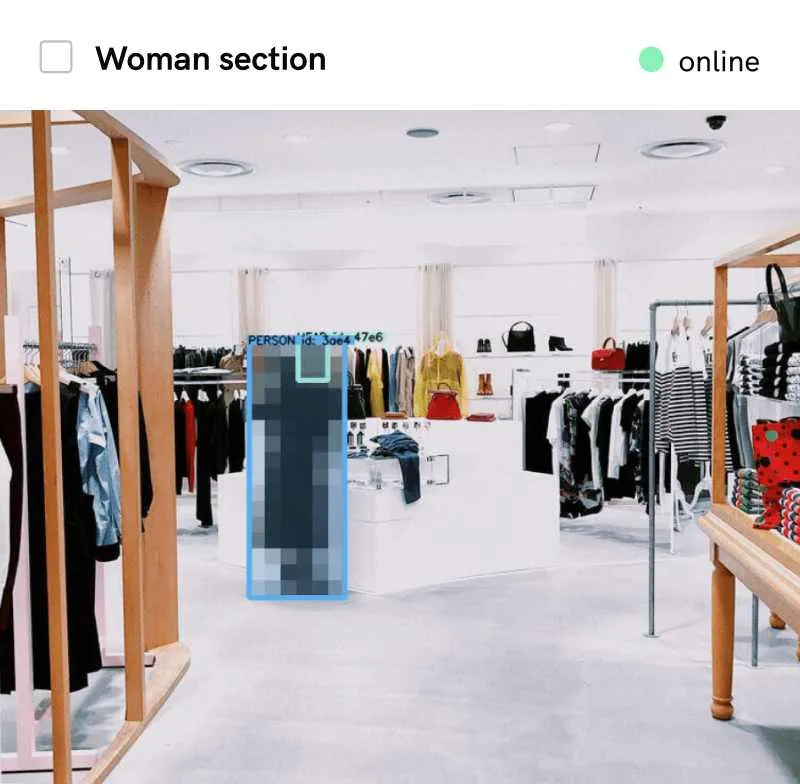
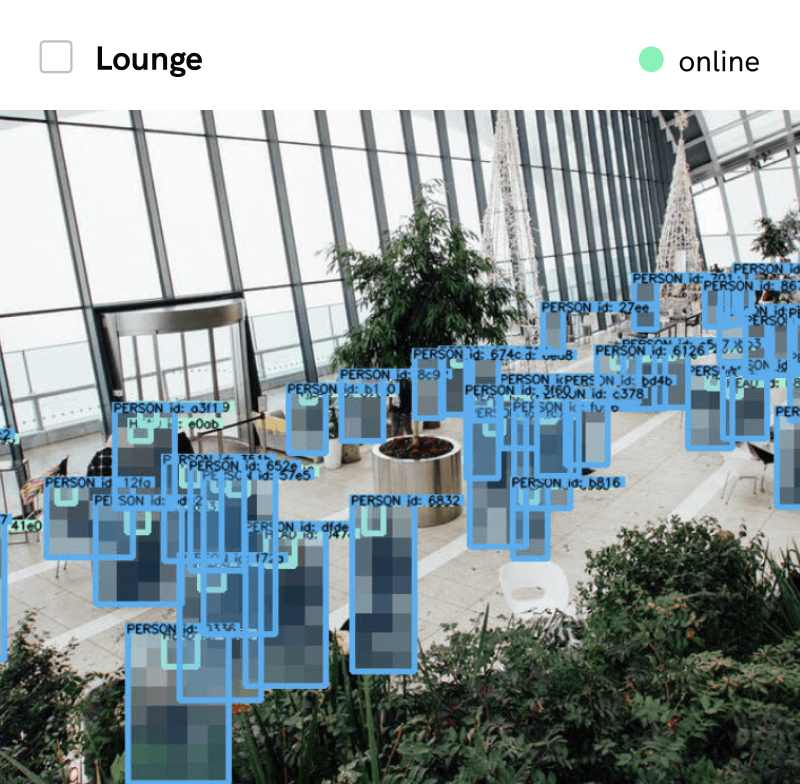
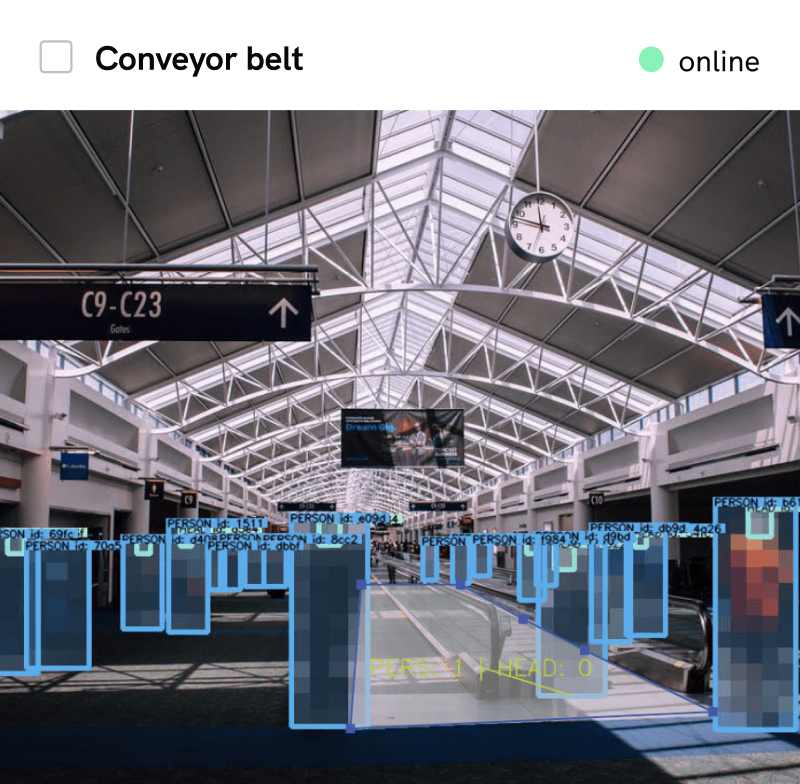




.webp)